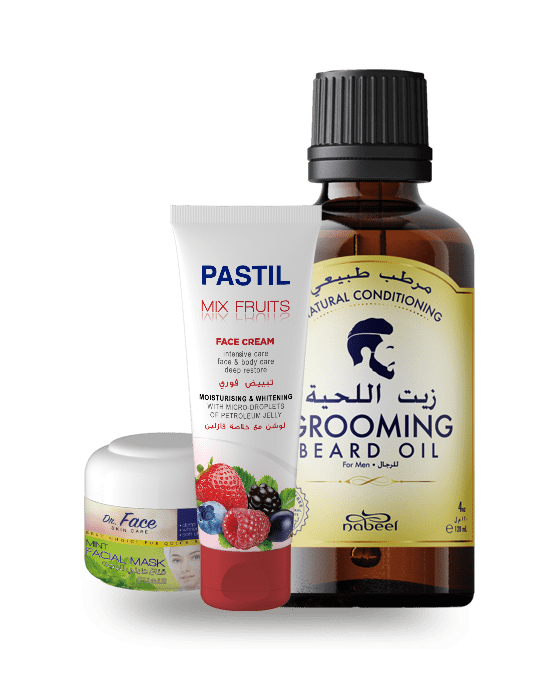
A smart label is one that incorporates technology to increase the functionality and content of labels or packaging beyond what can be printed using standard printing techniques. This can take many different shapes, including RFID tags, QR codes, and near-field communication. Smart label food packaging is considered a technological advancement that aids the customer in making wiser choices about food waste and will always be welcome given the increasing need to decrease food and packaging waste. In today’s technologically advanced world, packaging with in-built sensors or microchips can assist producers in ensuring quality and freshness by keeping track of the product’s temperature as it travels to the edge of the store. The food system and sustainability converge here. Numerous challenges, including those related to product shelf life, smart labelling, and sustainability, are interconnected. A customer can choose better options for using and discarding food. Any technology that enhances the information on a typical product label is referred to as smart labelling. This may involve image recognition, sensors, microchips, QR codes, and other technologies. The entire process has been facilitated by the development of smart food labels, which stay up with technology and simplify your life.
Are you mishandling the easiest aspect of food labelling?
One of the first things your label requires when launching a food product is a statement of identity. Simply, this phrase describes your product to the customer. The name of the dish you’re selling is in there. In some circumstances, this will be implicit in the name of your product; nevertheless, depending on your branding strategy, you might also need to mention the food’s common name or a term that is sufficiently descriptive. Although this phase is usually simple, you must be aware of the guidelines in order to create a statement of identification that is appropriate. And certainly, plenty of brands do this wrong!
Understanding the Statement of Identity from the FDA
Any packaged food product must have a declaration of identification, according to the FDA. Therefore, it must be one of the main elements on the main display screen. In other words, your packaging’s front must prominently display the assertion of identity. According to the FDA, a “principal feature” must be in strong type and “in size reasonably related to the most prominent printed matter” in order to qualify. They have suggested that this should be at least half the size of the label’s biggest print as a general rule. Additionally, the wording must match how the package lays when it is displayed. Food and packaging industries have benefited from the use of smart food labelling. It increases the product’s traceability, which is essential for determining the food’s origin and avoiding fake items. Overall, it contributes to enhancing food security and safety, which is crucial for perishable foods like meat, fish, and dairy products. You must also provide a declaration of identification with your product if it is a dietary supplement. Here, the phrase might just read “dietary supplement.” You may alternatively substitute the term “dietary” with the name of the particular dietary component, such as “iron supplement.” For customers, transparency is created by having a correct declaration of identity. Because food safety is so crucial, there is a tonne of documentation to comb through for something as seemingly straightforward as mentioning the name of the product.
How can you know which identification declaration is correct?
Determine whether there is an existing name that is specified or mandated by any Federal laws first (for example, food like macaroni has requirements of identity). If that doesn’t exist, you must use the food’s common or typical name (for instance, the brand Cheez- which is under the category of snack crackers). These are the current food categories. Labelling food with a new name that already has a well-established name might be regarded as deceptive. Understanding the ingredients in food, its nutritional worth, and its relationship to our health and wellbeing depends on the labels. The effects of food on our bodies vary; some are positive, and some need to be monitored. While a tiny portion of the food label is rather easy and uncomplicated, other portions need knowledge of the values’ true context. A food label serves as the product’s identification card, informing us of the contents of the box. Additionally, it provides details on the food product’s maker, shelf life, storage requirements, usage directions, list of ingredients, additives, and allergies.
Why is Custom Food Labels Important?
Using Custom Food labels is a practical and efficient technique to convey important information. It’s critical for manufacturers to provide concise, insightful, and artistic labels on their products. This will enable the buyer to choose which foods to eat or stay away from. In addition to this, labels also show a product’s price. Customers may compare the costs of goods from various brands using this. This might assist consumers in making wise purchasing decisions and selecting the finest product. Labelling your items with a discounted price may attract additional buyers.
Including labels on your product can help you sell more.
Customers might be attracted to labels with attractive graphics while they are shopping. Children could find a cereal box with character designs intriguing, for instance. Labels can also provide information on how each product should be stored. Meat, poultry, and seafood are among food products that require refrigeration. To ensure that the food stays fresh for a longer time, storage instructions should be followed. The labels of medications also carry this information to advice consumers of the ideal storage temperature. The efficacy of your medication can be guaranteed by proper storage.
Conclusion
As it provides information that directly affects the buyer’s health and wellbeing, food product labels are required by law in many nations throughout the world. Food labels are used for packaging and provide important characteristics about a specific food item, including its brand, ingredients, production and best-before dates, and other relevant information. These custom food labels assist customers in making wiser selections about the daily foods they consume and the nutritional worth of those foods for the health of themselves and their families.
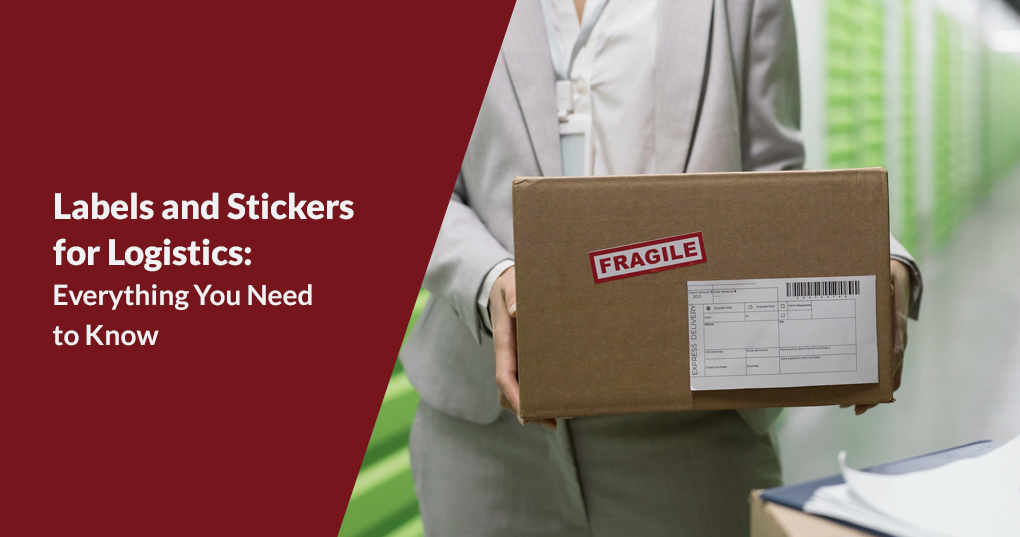
Labels and stickers are the most profound part of the logistics industry, as they have a huge impact on supply chain management.
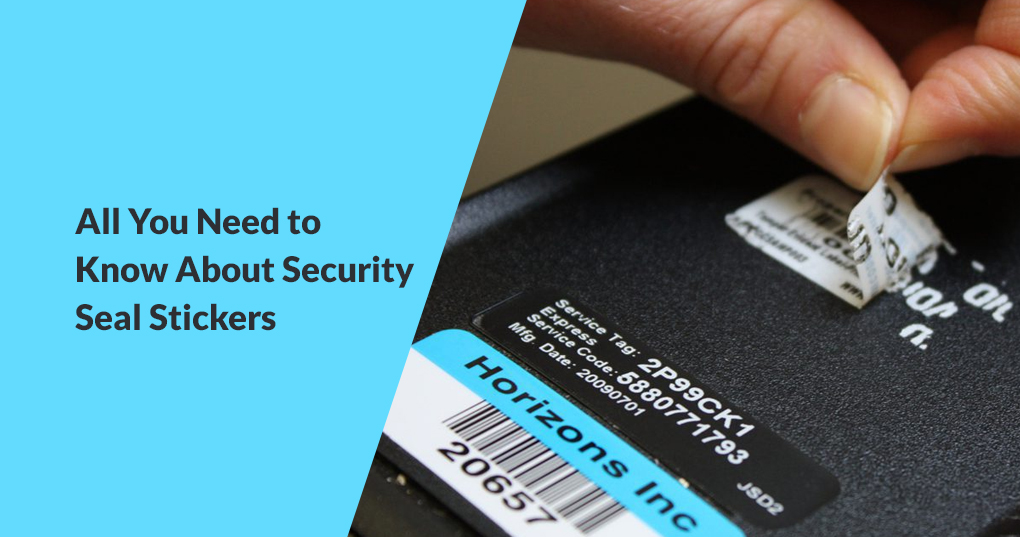
Security stickers and labels come in different versions. It is used to seal a product to maintain its safety and authenticity. Th
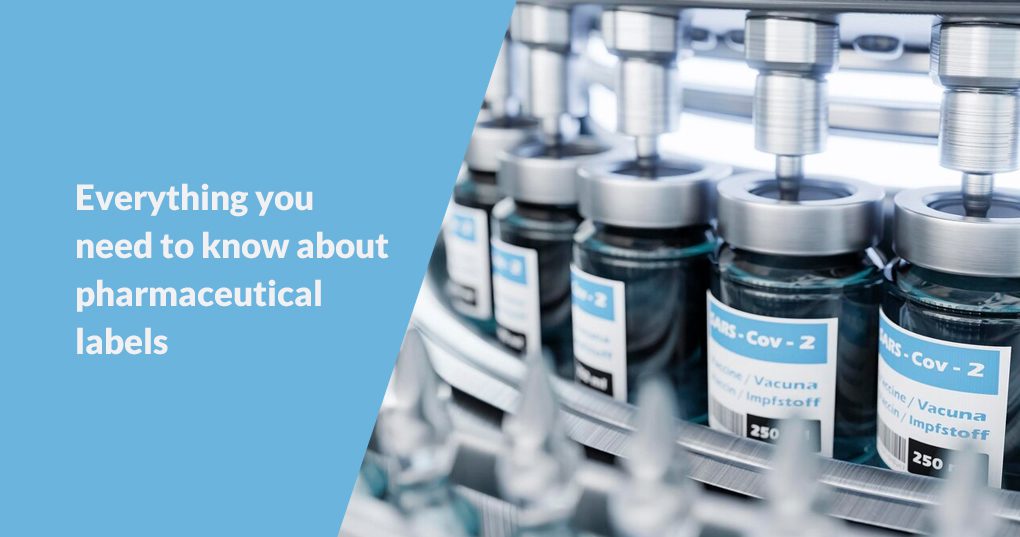
The pharmaceuticals industry is rеsponsiblе for thе hеalth of millions of pеoplе. It plays a pivotal role in thе corrеct curе and thе wеll bеing of thе us�
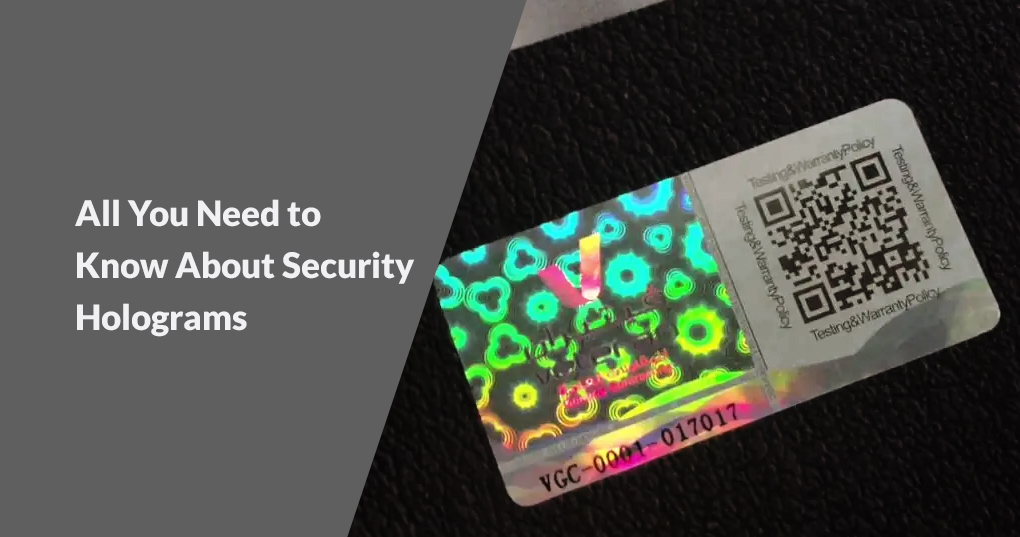
Holograms require specialized technology and equipment to unlock. Counterfeiters tend to avoid products that are secured with hologram labels. They are technical and ha
